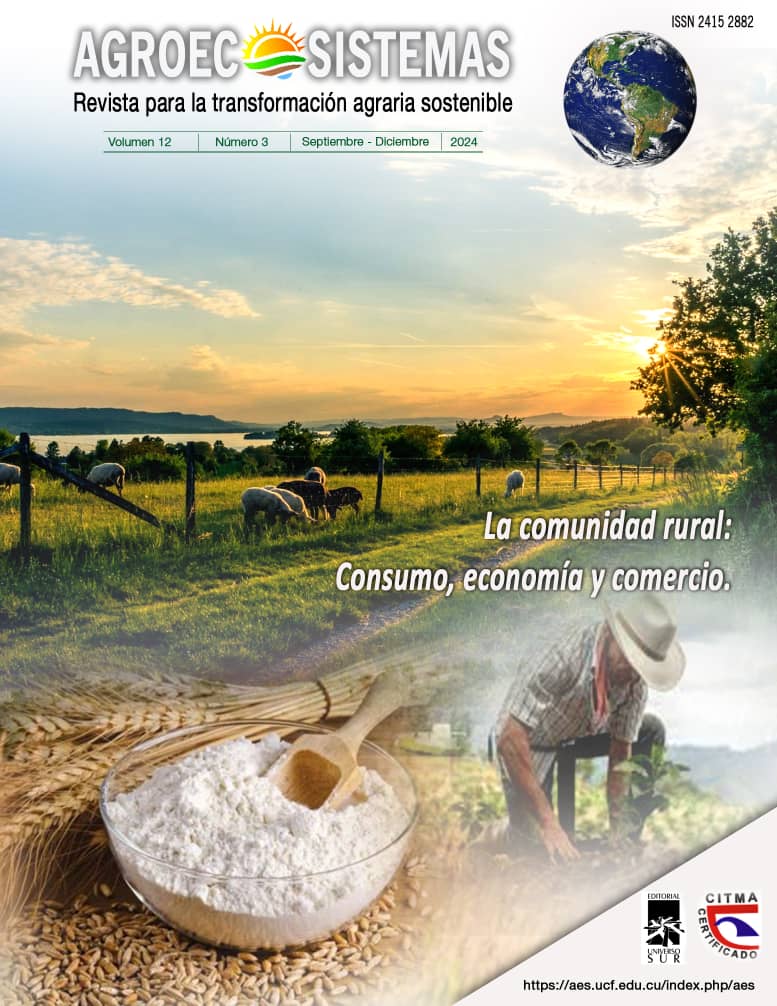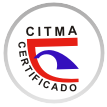Influence of Pectimorf® and substrate on the morphophysiological response of Morus alba in acclimatization
Abstract
The mulberry is a multipurpose plant used in the bioremediation of contaminated soils, animal feed, and as the main food for the silkworm. It is basically propagated from cuttings but some varieties have a low rooting rate. An alternative is through in vitro culture techniques, but their success depends on the survival of the plants in ex vitro conditions. The objective of the research was to evaluate the influence of Pectimorf® and the substrate on the acclimatization of in vitro mulberry plants of the Acorazonada variety. Under in vitro conditions, different concentrations of Pectimorf® (0, 5.0, 10.0 and 15.0 mg l-1) were evaluated in the rooting culture medium; In ex vitro conditions, different mixtures of substrates containing organic fertilizers (worm humus, cattle and sheep manure) combined with zeolite and the control Carbonated Sialitic Brown soil were used. In the morphological response of the plants, the survival and height of the plants, number, width and length of the leaves are counted; as well as the physiological variables internal CO2 concentration, stomatal conductance, transpiration rate, photosynthetic rate and potential quantum efficiency of photosystem II. With the use of Pectimorf® in the rooting culture medium, 90 % survival was obtained in the acclimatization of the in vitro mulberry plants. Both the residual effect of Pectimorf® and organic fertilizers with zeolite favor the transpiration rate, photosynthetic rate, stomatal conductance and internal CO2 concentration in Acorazonada variety mulberry.
Keywords: Bioproduct, Biofertilizers, Stomal conductance, Photosynthesis, Mulberry, Transpiration.
Downloads
Published
How to Cite
Issue
Section
License
Copyright (c) 2024 Agroecosystem Transformation Journal

This work is licensed under a Creative Commons Attribution-NonCommercial-NoDerivatives 4.0 International License.
La editorial "Universo Sur", de la Universidad de Cienfuegos, publica el contenido de la Revista Científica Agroecosistemas bajo una Licencia Creative Commons Atribución-NoComercial-SinDerivar 4.0 Internacional.
© Podrá reproducirse, de forma parcial o total, el contenido de esta publicación, siempre que se haga de forma literal y se mencione la fuente.






